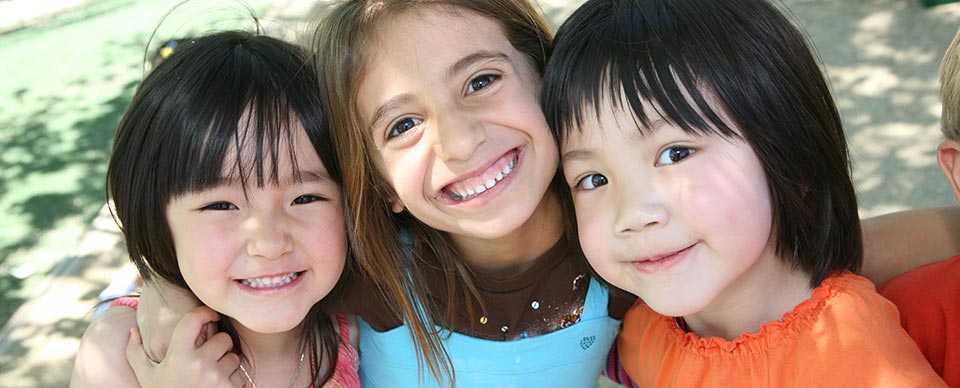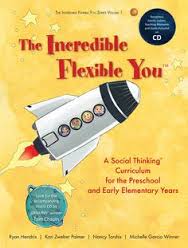
Social thinking happens every time we share space with others.
We consider the context, the thoughts, the emotions, and the intentions of the other person with whom we are interacting. This information informs how we respond and behave with another. Michelle Garcia Winner, the founder of Social Thinking, explains, “How we think about people affects how we behave, which in turn affects how others respond to us, which in turn affects our own emotional internal and external responses.”
This process is one that most of us take for granted; it happens naturally and is intuitive for most of us. Yet for children with social learning challenges, the process of thinking about what others are thinking or feeling is incredibly difficult. Without this information of another’s thoughts, emotions, or intentions, it is difficult to know what response or behavior is appropriate in the social interaction.
The Social Thinking treatment framework targets how to enhance and improve social thinking abilities to facilitate more natural and comfortable social interactions.

Children with social learning challenges do not intuitively or naturally learn social information the same way other children do. They have to be cognitively taught how to think socially and understand the use of related social skills. By learning how other people think, children can understand others points of view and why specific social and communication skills are required in different situations.

Social Thinking teaches us that how we think affects how we feel, and how we behave affects how others think and feel. We learn to make people comfortable around us by using our actions and our language.

